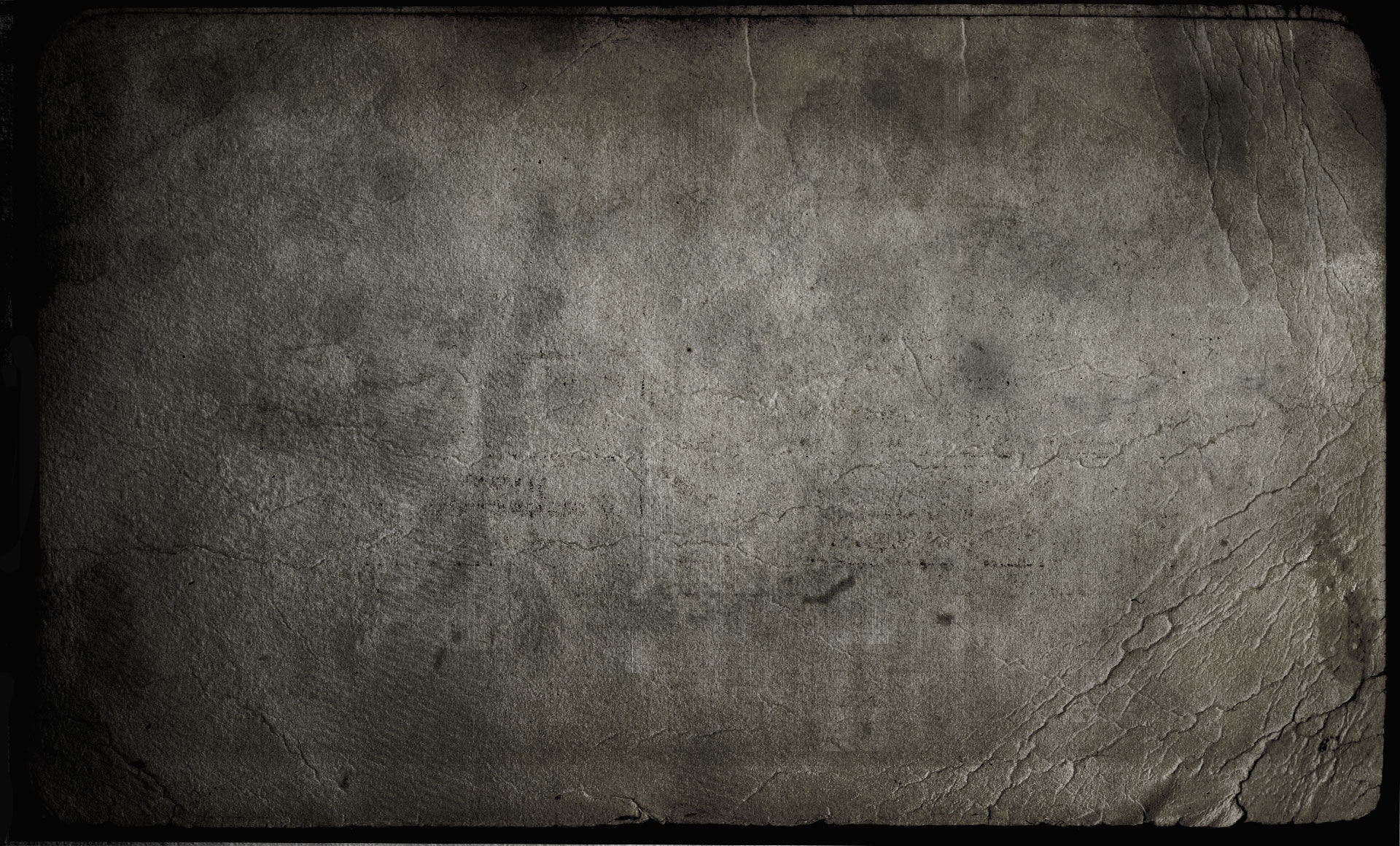RENE VAN DER WOUDEN: Sequential Tourism (Berlin School EM) (2008)
- Sylvain Lupari

- Oct 23, 2009
- 4 min read
Updated: Oct 31, 2020
“This is a solid album and this fusion Schulze and J-M.Jarre gives good passages in this album which is also close to the basics of French EM”

1 Sequential Tourism 16:11
2 Sequential Solitude 16:14
3 Bataille dans les Nuages 13:06
4 Arcadia 17:56
5 The Sequential Tourists 6:28
(CD-R/DDL 58:46) (V.F.)
(Berlin School)
Within time, René Van Der Wouden has managed to create his own sound universe. A world of EM where the Berlin School rubs shoulders with the charming elements of a French EM cleared by pioneers such as Space Art, Jean-Michel Jarre, Frédéric Mercier and Thierry Fervant. Synths with romantic tones sing through this nostalgic mist so faithful to French repertory cinema. SEQUENTIAL TOURISM is the ideal analogy for this symbiosis so perfectly molded by the Dutch musician.
The title-track begins with a shower of stars whose crystalline flow dances on waltzing strata which roll like cosmic waves. This romantic vision comes out of the influences of Klaus Schulze in his years of floating ether where the stars were a prelude to wild rhythms. Here, Sequential Tourism develops slowly with these cosmic synth layers where Jean-Michel Jarre and Klaus Schulze have never been so close like here. The wooshh and the wiishh intertwine with the false impulses of the synths and their heavy veils which waltz with tenderness. These waves dusted of analog sound effects merge with an emergence of the sequencer around the 5th minute. The movement quickly becomes spasmodic with this line of sequences which pulsates nervously, releasing its shadows which thunder with resonance. The rhythm well in saddle, Sequential Tourism remains in this Schulze-Jarre fusion with a harmonious keyboard which weaves an earworm and percussive effects which snap violently in a movement which becomes more intense with the addition of percussive effects which slam with power. These percussions invade the sequencer and hammer an infernal cadence in a good structure of electronic rock with rattling effects of rattlesnakes which decorate the listening, at least mine, while the synth veils the panorama with melodious solos à la Frédéric Mercier. This opening track sets the tone for a hybrid album where the rhythm marvellously borders intros perfumed with soft sonic iridescence and which coalesce in celestial ambiences. The rhythms are progressive and gradually increase the cadence which flirts with this unbridled vision of music more progressive than electronic. Much like its title suggests, Sequential Solitude is an intense moment of cosmic orchestral atmospheres with synth effects that clash with the vision of these sleepy layers floating in a black cosmos but not too cold. This sounds like an alien dialect that enlivens the music with implosions that become waves of noise and wind before the rhythm begins with a lively movement from the sequencer. Linear, the rhythm remains in a minimalist vision with a movement which deviates a little before returning to its usual form. It therefore zigzags under the gentle caresses of astral voices before electronic percussions restructure Sequential Solitude in a big electronic rock supported by an effective bass-drum. The solos come from a little far, but in the wake of good percussive effects slamming like crazy hooves in a repetitive but all the same captivating final.
It's with an immense sound mass gathering sibylline layers and corkscrew effects that the heavy rhythm of Bataille dans les Nuages waddles with a tone for each leap of legs. This rhythm, with a slight accelerating effect, takes an ethereal shape, despite its jovial heaviness. Keyboard chords fall with a vision of sadness that goes into the background when the percussions dock to sculpt another phase of electronic rock where arpeggios dance and whistle effects and synth solos which plunge us into a musical universe where Emerson Lake are without Palmer, considering the robotic strikes and the soulless electronic percussions. This SEQUENTIAL TOURISM will definitively nail down the mouth to those who say that EM is lifeless. This title shapes wonderfully a Bataille dans les Nuages. Arcadia is not really different in terms of the sequencer with jumping sequences that collide themselves, like in an arcade game, multiplying the sound waves after a creative intro where a train enters the station. An intro that stands out from the first 3 titles with a less coherent vision. The percussions hammer a chaotic cadence, a little like if everything was compressed in a spherical arcade. Analog effects feed this structure which changes its cadence around the 10th minute with a huge circular sequence which oscillates hypnotically, wrapped up that it is by large tight synth layers. A rhythmic rupture disperses these keys which become small spirals with a rattlesnake tail which betrays their presence in the heaviness of the synth and its twists which whirl in all directions in a cosmic sea crowded of analog tones. I love that! The Sequential Tourists has no problem with its melodious approach that instantly hooks us. This melody easily clings to a heavy circular sequence and percussive effects that tinkle like horse hooves on a ceramic floor. That too, I love ...
René Van Der Wouden's SEQUENTIAL TOURISM is a very good EM album. The Berlin School genre is powerfully abused by percussions whose electronic tones are too far from reality. It annoyed me at first, but I heard worse elsewhere. The fusion Schulze and Jarre gives good passages in this album which is also close to the basics of French EM. A rather unique mixture must be said which gives off a musical freshness in this album whose convoluted structures take shape through fairly audacious rhythmic progressions.
Sylvain Lupari (October 23rd, 2009) *****
Available at REWO Bandcamp



Comments